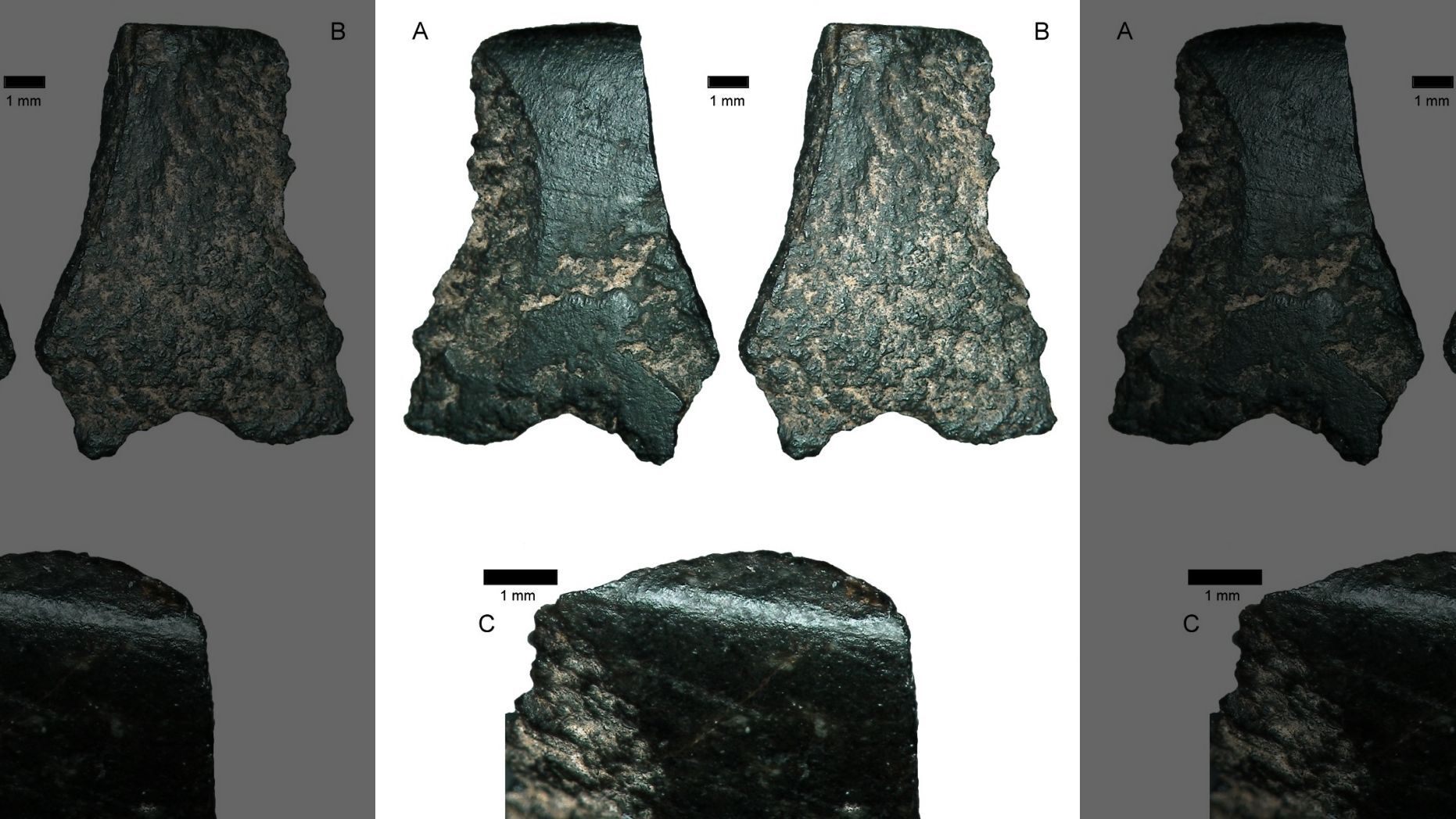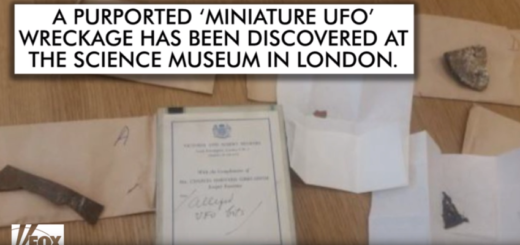Archaeologists discover world’s oldest axe

It’s less than half an inch long, but a small stone chip discovered in western Australia is a piece of the world’s oldest ground-edge axe, an archaeologist at the University of Sydney reports.
In fact, the axe’s creation likely coincides with the general time period when humans arrived on the continent, tens of thousands of years ago.
The axe fragment, which weighs just .16 grams, is nearly 50,000 years old, and was first unearthed at a site in Australia called Carpenter’s Gap in the 1990s. But it’s only recently that, after analysis, archaeologists have announced the significance of the discovery. The results are published in the journal Australian Archaeology.
Peter Hiscock, a professor at the University of Sydney and the lead author on the paper, said that the axe fragment dates to between 45,000 to 49,000 years old.
“This fragment is small, but it’s very distinctive,” Hiscock said in a video explaining the find. “It has a smooth surface, a high polish, that doesn’t occur naturally. It doesn’t occur by accident. Someone has to sit and grind the edge in order to make an axe.”
Hiscock said that before this discovery, the oldest known Australian axe was about 35,000 years old.
“This discovery is part of the grand out-of-Africa narrative,” Hiscock said. “Modern humans emerge from Africa, they spread across South Asia, and when they reach Australia, they create the oldest edge-ground axes in the world.”
Scientists used radiocarbon analysis to date the age of charcoal found at the same level of the archaeological site as the axe fragment, which is how they arrived at its age.
“The ancestors of Aboriginal people, arriving on the Australian shores, were adapting to the continent,” Hiscock added. “They were inventing new forms of tools to enable them to explore and settle the landscape.”



 Creators of mankind
Creators of mankind Description of “Tall white aliens”
Description of “Tall white aliens” Where they came from?
Where they came from? About hostile civilizations
About hostile civilizations The war for the Earth
The war for the Earth “Tall white aliens” about eternal life
“Tall white aliens” about eternal life Video: “Nordic aliens”
Video: “Nordic aliens” Aliens
Aliens Alien encounters
Alien encounters The aliens base
The aliens base UFO
UFO Technology UFO
Technology UFO Underground civilization
Underground civilization Ancient alien artifacts
Ancient alien artifacts Military and UFO
Military and UFO Mysteries and hypotheses
Mysteries and hypotheses Scientific facts
Scientific facts


















